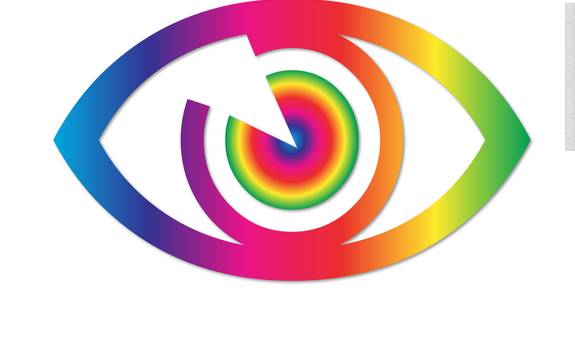Color and Mood
Does color affect your mood? Psychologists have said "Absolutely!" to that question for a very long time. The psychological effects of color have such an underpinning in research that the findings of chromology, the psychology of color, are used in designing everything from hotel rooms to cereal packages. In one case that made headlines recently, the psychology of color provoked a storm of controversy.
Senses
At the
The color was chosen by former
Pink isn't the only color that has clear psychological associations. Over the years, researchers have worked to identify exactly what emotions and physical effects are triggered by various colors. Despite the amount of research done in the field and the widespread acceptance of many of its basic theories, chromology is often viewed as an immature discipline, and chromatherapy is seen as alternative medicine. Critics point out that color perception is affected by cultural conditioning, and that color is not perceived alone but in combination with other effects in the environment.
Despite all this, there are some generally recognized associations between color and emotion. The chart below gives those associations and ways in which that color is used.
Red
 Red increases the pulse and heart rate, and raises your blood pressure. It increases the appetite by increasing your metabolism, which is why red is such a popular color in restaurants. It is active, aggressive and outspoken. One bank found that their lines moved faster when they increased the use of red in the bank lobby, and in a study of several hundred college students, a researcher found that they responded more quickly to cues under red light than under green light.
Red increases the pulse and heart rate, and raises your blood pressure. It increases the appetite by increasing your metabolism, which is why red is such a popular color in restaurants. It is active, aggressive and outspoken. One bank found that their lines moved faster when they increased the use of red in the bank lobby, and in a study of several hundred college students, a researcher found that they responded more quickly to cues under red light than under green light.



























